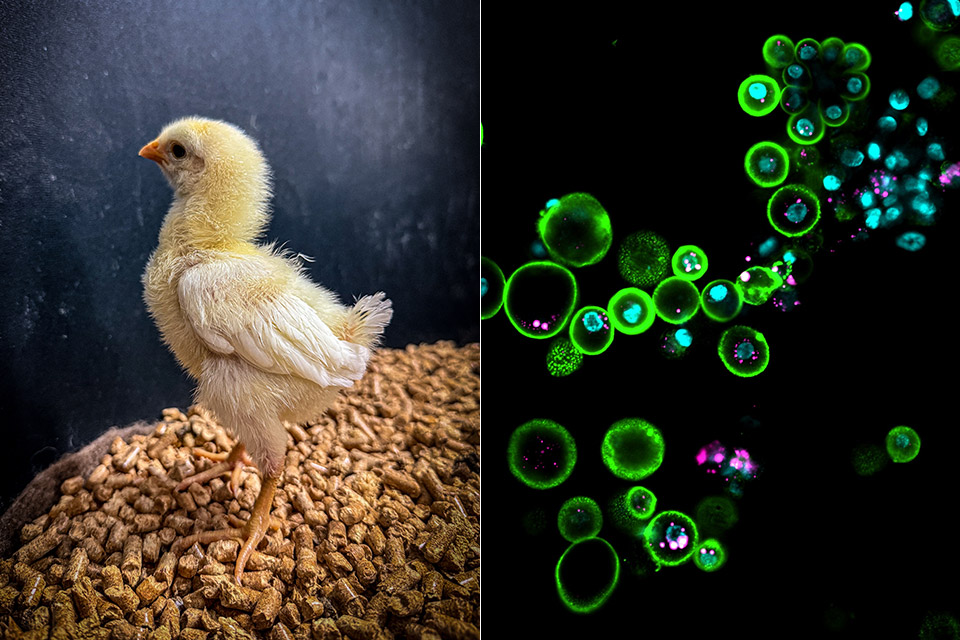
Colossal Biosciences, a Texas-based company that wants to bring back extinct species, just made a big leap forward in their quest to revive the dodo. They grew pigeon primordial germ cells (PGCs) for the first time and got an additional $120 million in funding.
The dodo, a flightless bird that went extinct in Mauritius in the 17th century, has been a symbol of extinction. Its plump body and trusting nature made it an easy target for humans as well as invasive species like rats. Colossal isn’t going to create the dodo from scratch but will engineer a close approximation using the Nicobar pigeon, its closest living relative. The breakthrough is growing and editing pigeon PGCs—cells that become sperm and eggs. Until now, scientists could only culture these cells in chickens and geese, leaving other birds, including pigeons, out of reach. Colossal’s team tried over 300 combinations of growth factors and molecules to crack the code and got pigeon PGCs that thrive in the lab for weeks with a doubling time of 35 hours.
- Kingfisher model building set – Take time out for a relaxing building experience with the LEGO Icons Kingfisher Bird building set for adults
- A creative building project – This set includes all you need to build and display a LEGO interpretation of the majestic kingfisher with a fish...
- Features and functions – The model kingfisher comes with a posable head and claws, and the water setting with buildable reeds doubles as a display...
This opens a door that’s been closed for decades. Unlike mammals which can be cloned using techniques like Dolly the sheep, birds develop inside eggs making cloning impossible with current technology. To bring back a dodo, Colossal’s scientists need to edit PGCs from a Nicobar pigeon to carry dodo traits, then use those cells to create a bird that looks and behaves like its extinct ancestor. They’ve already bred gene edited chickens that lack their own germ cells. These chickens will act as surrogates, potentially laying eggs that hatch into pigeons—or eventually dodo-like birds. It’s a process that requires precision, patience and a bit of crazy.
Colossal’s work doesn’t stop at cell cultures. They’ve also sequenced the genomes of the Nicobar pigeon, the extinct Rodrigues solitaire (dodo’s close relative) and the critically endangered tooth-billed pigeon. These genetic blueprints will help them pinpoint the exact changes needed to transform a Nicobar pigeon’s DNA into a dodo’s. For example they’re studying the genes related to the dodo’s beak and flightless body. By combining these genomic insights with their PGC breakthrough, Colossal is building a roadmap to create a bird that can waddle through Mauritius again.
Ben Lamm, Colossal’s CEO, thinks dodo-like birds could be roaming Mauritius in 5-7 years if everything goes to plan. The process involves editing Nicobar pigeon PGCs, injecting them into surrogate chickens and breeding the resulting birds to produce dodo traits. It’s a slow process – each generation takes time and the team must ensure the birds are healthy and viable. They’re also working with Mauritius to identify rat-free habitats, the invasive species that helped kill the dodo centuries ago.










